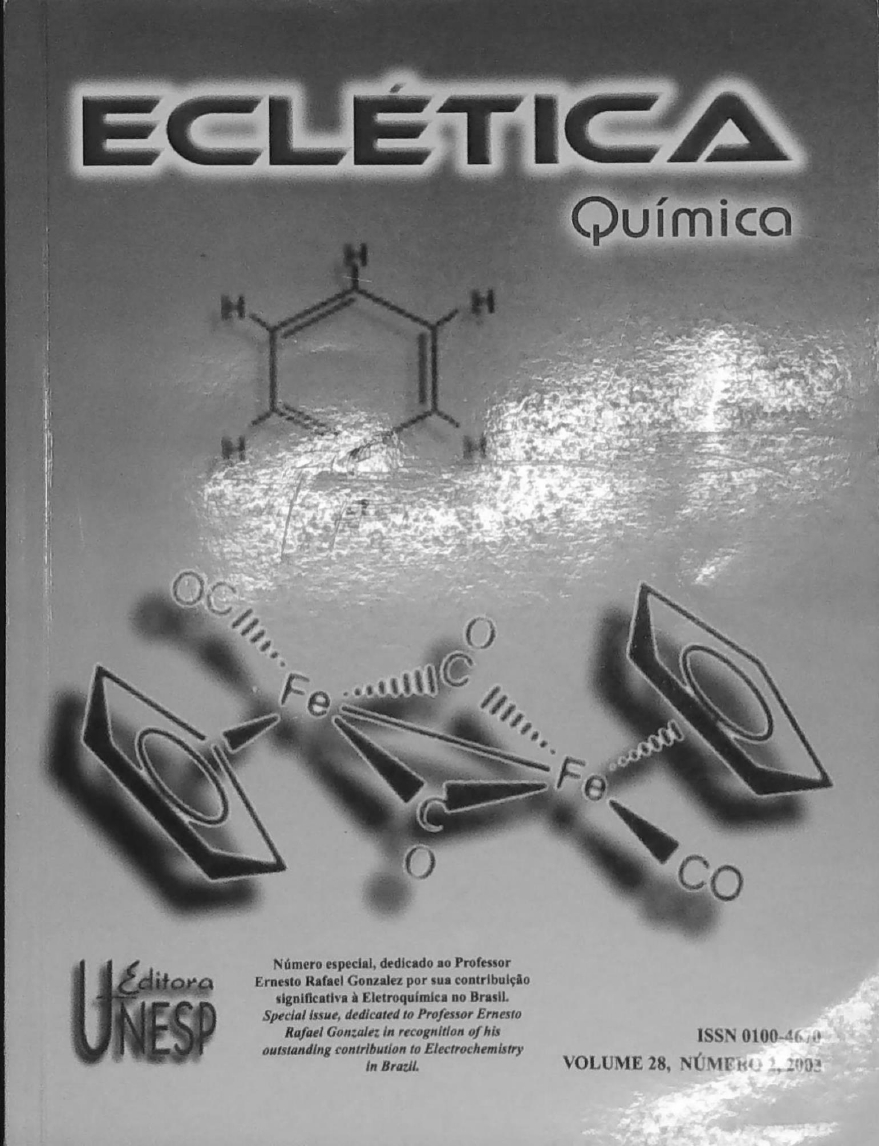Abstract
The complex permittivity of films of polyether ether ketone (PEEK) has been investigatedover a wide range of frequency. There is no relaxation peak in the range of 1Hz to 10 5 Hz but in the low-
frequency side (10 -4 Hz) there is an evidence of a peak that also can be observed by thermally stimulated
discharge current measurements. That peak is related with the glass transition temperature (T g ) of the
polymer. The activation energy of the relaxation was found to be 0.44 eV, similar to that of several
synthetic polymers. Space charges are important in the conduction mechanism as shown by discharging
transient.
References
Provisional data sheet PK PD1, “Grades, properties and
processing characteristics”, Imperial Chemical Industries
(I.C.I.), UK. (1980).
J. M. Charrier. “Polymeric Materials and Processing”,
Hanser Publishers, Munich p 144 – 145 (1991).
P. J. Kimber, C. P. Smith, T. C. Stening, Modern Plastic
(1981) 86.
D. J. Kemish, J. N. Hay. Polymer 26 (1985) 905.
Provisional data sheet PK PD16, “Electrical properties of
Victrex PEEK”, Imperial Chemical Industries Ltd. UK. (1980).
{6} B. V. Hamon. Proc. IEE, Part IV: Monograph, 99 (1952) ,
A. K. Jonscher. Universal Relaxation Law, Chelsea
Dielectric Press, London (1996)
W. K. Sakamoto, D. H. F. Kanda, D. K. Das-Gupta,. Mat.
Research Innovation, 5, (2002) 257.
J. Van Turnhout. “Thermally Stimulated Discharge of
Electrets”, In: Sessler, G. M. (ed.) Topics in Appied Phys.
Electrets. Springer Berlin Heidelberg, New York (1980).
D. K. Das-Gupta, K. Joyner. J. Phys. D. 9 (1976) 829 .
D. K. Das-Gupta, K. Joyner. J. Phys. D. 9 (1976) 2041
D. K. Das-Gupta, R. S. Brockley. J. Phys. D. 11(1978)
A. K. Jonscher. J. Phys. D: Appl. Phys. 32(1999) R57.
V. Daniel Vera, Dielectric Relaxation, Academic Press,
London (1967)

This work is licensed under a Creative Commons Attribution 4.0 International License.
Copyright (c) 2018 Eclética Química Journal







